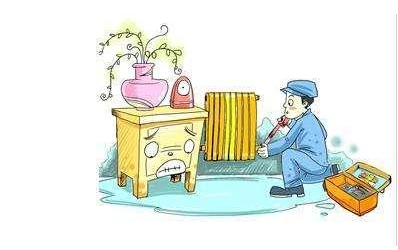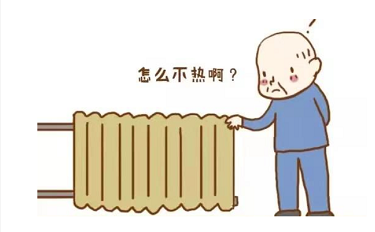In the household transformation, the transformation of the radiator system is also indispensable, but when transforming the radiator system, is it all right to just transform the heating pipe? In fact, other accessories are also indispensable for the transformation of heating water pipes. So, what accessories are needed for heating pipe renovation? Let's learn from Taoyuan copper.

Pipe sleeve: generally, the water pipe is not long enough to extend the pipe;
Elbow: if the direction of the water pipe is changed, it is necessary to connect the pipe to turn. The conventional elbow has 45 ° and 90 °;
Inner wire and outer wire: they are generally used together, which can be used to connect faucets, water meters and other types of water pipes. Inner wire is used in home decoration
Tee: literally, it can connect water pipes in three different directions;
Large and small head: used to connect pipes of different sizes;
Plug: when installing the faucet, it is used to temporarily close the water outlet. Remember to match the size of the pipe fitting;
Stop valve: used to switch the water flow, fix the position of water pipe and prevent the displacement of water pipe;
S-bend and P-bend: S-bend is used for dislocation connection and P-bend is used for deodorization;
We have talked about the water pipe fittings above. Next, Taoyuan copper will explain to you the purchasing skills;
Optional parts: select supporting parts;
Smell: whether there is a pungent smell, remember that the water pipe with good quality has no peculiar smell;
Look at the appearance: whether the color, gloss and pipe wall of water pipe fittings are smooth;
Energy test: take the sample of the commodity and soak it in hot water. If the original hardness is maintained, it indicates that the quality is good, and the poor quality will soften when the water temperature is about 60 °;

Expansion: how to install heating pipes reasonably?
1. After the pipeline is installed, the pressure test shall be carried out on the radiator pipeline. The pressure test shall not be lower than 0 or 8Mpa, and the pressure time shall be kept within 15 minutes. If there is no leakage, the whole system is qualified.
2. When the pipeline passes through the floor and wall, iron sheet or reinforcement sleeve should be set. Both ends of the casing shall be parallel to the wall, so that the pipeline will not be affected during thermal expansion and cold contraction, and will not flow to the next floor if there is ponding on the ground.
3. If the heating system is surface mounted, the pipeline should be arranged at the corner of the wall, under the windowsill and the skirting line as far as possible. First put the radiator in place, find the angle, and then install the riser, so that the size can be accurate. The pipeline shall be straight and straight to avoid oblique angle.
4. During indoor pipeline layout, the pipeline bypasses from doors and windows or other openings, beams, columns, wall corners, etc. if the corner is higher or lower than the horizontal direction of the pipeline, exhaust and drainage devices shall be installed at the high or low points respectively. The main function of this installation is to remove the air and dirt in the pipeline.
5. There should be a slope for pipeline installation. The slope should not be too large, generally 0, 003, and smaller than 0, 002. So that the water can flow smoothly.
6. After the heating pipe is installed, it is necessary to check whether the coordinates, elevation, reserved opening position, pipe radius, etc. are correct, and then use the level ruler for compound calibration. After the adjustment is qualified, fix the connection.
7. The bottom of the casing in the floor shall be parallel to the bottom of the floor, and the top shall be 15-20 cm higher than the ground.
8. Before purchasing the radiator pipe, it is necessary to make an overall measurement of the room where the radiator is to be installed, see how the pipeline is arranged and the installation position of the radiator, and issue a scientific installation design scheme for the purpose of saving cost and space.

